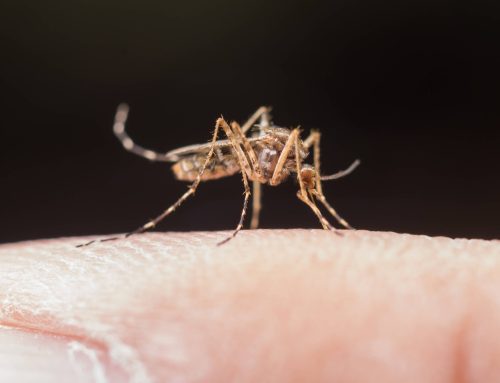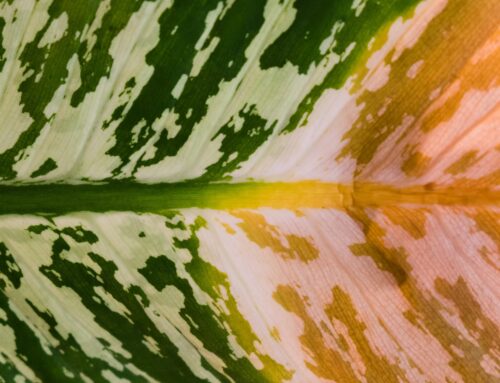Since the day a serpent persuaded Adam and Eve to eat an apple in the Garden of Eden, snakes have had a bad reputation. And why not? The thought of 6 feet of muscle driving two sharp fangs into your leg at blinding speed is enough to create fear. Snakes are so fast that their fangs can strike before your brain can tell your mouth to scream. They’re so well camouflaged that you can step over a snake in a little pile of leaves and never know it was there.
And, of course, all venomous snakes can be deadly if you don’t get medical attention. Fear of snakes even has a name: ophidiophobia.
But snakes aren’t all bad. Florida has 44 native varieties, and only six of them are venomous, so the great majority of snakes you might see are non-venomous, even if capable of inflicting a painful bite. And even venomous snakes do plenty of good, most importantly eating rats and mice, helping to prevent the spread of rodent-borne diseases.
And though it might be tempting to kill a venomous snake near your house, there’s a good chance that snake is only passing through.
“Most larger snakes travel in larger areas, so one you see in your yard today may be far away tomorrow,” said Rebekah Nelson, a public information officer for the Florida Fish and Wildlife Conservation Commission.
Snakes also are food for many animals, including birds and mammals, she said.
So, rather than grabbing a shovel next time you see a rattlesnake, the best advice is the simplest: Leave it alone.
“When you see a snake, you should stand back and observe it or walk around it, leaving at least 6 feet of space between it and yourself,” Nelson said. “Snakes don’t purposefully position themselves to frighten people. They’d much rather avoid encounters and usually will flee.”
If it’s a rattlesnake or other venomous snake, the most dangerous thing you can do is try to kill it or pick it up and move it. That’s how snake strikes often happen. Experts advise anyone bitten by a venomous snake to get medical attention immediately, regardless of the type of snake.
“When walking in the woods or in a field, always be aware of your surroundings and watch where you are stepping,” Nelson said. “Always wear boots and long pants in areas where snakes are known to frequent.”
Here’s a rundown of the six venomous snakes to watch for in Florida.
- Eastern diamondback rattlesnake. Average adult size: 36 to 72 inches
Diamondbacks are the largest, most dangerous and most feared venomous Florida snake. They’re not endangered, but dwindling habitat is a threat to them. If you come across a 6-foot rattler, keep in mind that it can strike from a distance of 4 feet, about as long as a typical shovel. This rattler has a series of brown diamonds with yellowish-borders down its back. Because of its size and vivid colors, it’s the easiest venomous snake to identify.
- Dusky pigmy rattlesnake. Average adult size: 12 to 24 inches
This little guy has a painful bite that is usually not life-threatening, but still calls for medical treatment. The pigmy rattler is a grayish snake with a series of dark blotches on its back. It is one of the most commonly seen venomous snakes and most likely to defend itself when threatened.
- Canebrake or timber rattlesnake. Average adult: 36-60 inches
They’re not common in Florida. Their range is mostly in Northeast Florida. The brown banding pattern on its back has a reddish tint.
- Cottonmouth water moccasin. Average adult size: 20 to 48 inches
Water moccasins live throughout Florida. When it senses danger, a cottonmouth will open its mouth revealing a cotton-white inside. Young moccasins can be banded reddish brown, but they get darker the older they get, sometimes to black. Moccasins often are confused with similarly colored but non-venomous water snakes, especially when the water snake is seen hanging in a tree over water.
- Coral snake. Average adult: 20-30 inches
This beautiful red, yellow and black snake is found throughout Florida. It’s often confused with the similarly marked harmless king snake — many kids learned the rhyme, “Red touches yellow, can kill a fellow; red touches back, friend of Jack.” Another way to tell them apart is that coral snakes have a black snout while king snakes have a red snout.
- Copperhead. Average adult size: 24-36 inches
In Florida, copperheads are found only in the Panhandle. They have a painful, although usually not life-threatening, bite. They’re reddish brown with hourglass shapes on their backs.
Sources: Florida Fish and Wildlife Conservation Commission, Florida Museum of Natural History, University of Florida Department of Wildlife Ecology and Conservation. Photo licensed for shared use: https://creativecommons.org/licenses/by-nd/2.0/.
https://www.palmbeachpost.com/news/20190131/know-your-snakes-floridas-6-venomous-serpents/1





